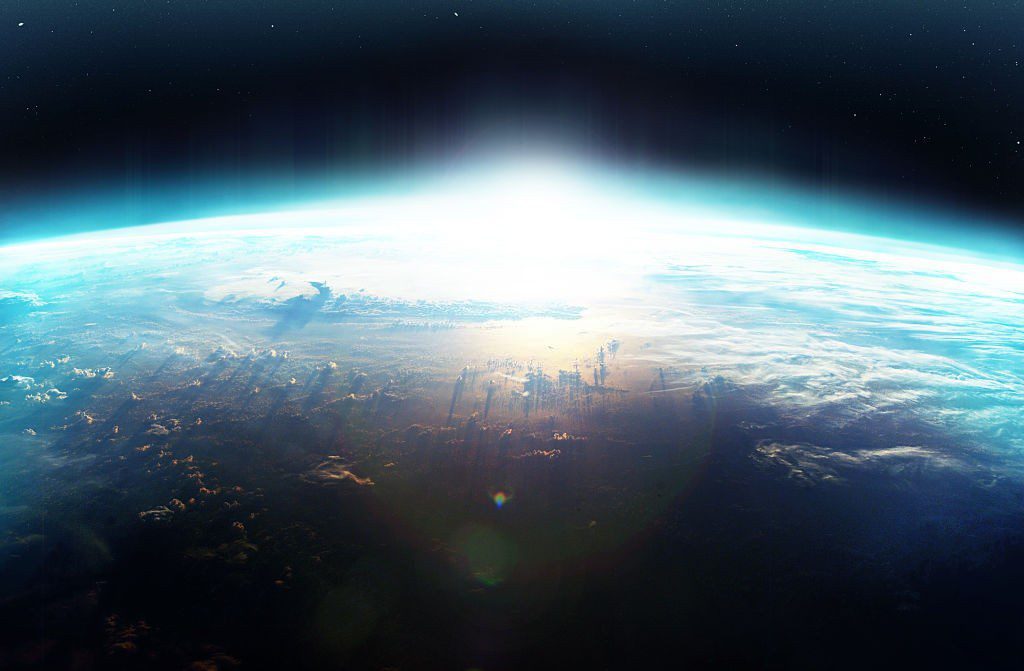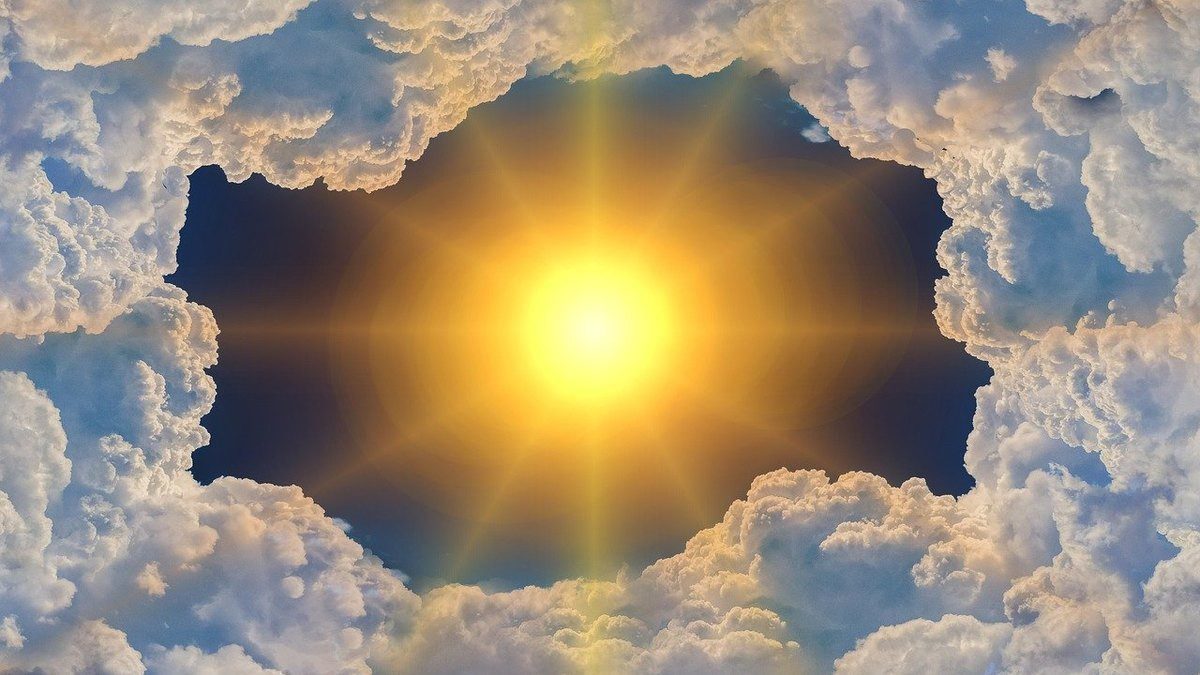Nature has a way of healing itself, even our bodies heal itself over a period of time. Similarly, our blue planet also has various ways of healing itself from any harmful change, with or without the current COVID-19 lockdown going around the world.
The best example of this remarkable healing feature of this earth has been on display, as recently scientists confirmed that the 1 million square kilometers wide hole over the Arctic has now closed.
A rare hole in the ozone layer, covering over 1 million square kilometers in total area, was first discovered by scientists earlier this month. The hole was understood to be a result of low temperatures at the north pole.
Had the record-breaking hole succeeded in moving south with the air currents, it would have resulted in a direct threat to humans.
Copernicus’ Atmosphere Monitoring Service (CAMS) and Copernicus Climate Change Service (C3S), implemented on behalf of the European Commission, have now established that the hole over the north pole has healed itself.
A new tweet by the agency also reveals the reasons behind the phenomena.
You may also like: 19 Visuals During Lockdown that Prove Nature is Healing and Maybe We Were The Virus
How did this ozone hole form in the Arctic?
This year the polar vortex has been extremely strong and temperatures inside it have been very cold.
This generates stratospheric clouds that damage the ozone layer by reacting with Chlorofluorocarbons (CFC ) gases. These are highly stable compounds that were used as propellants in spray cans and in refrigeration units and were banned by the 1987 Montreal Protocol.
In recent days, the polar vortex has broken up and weakened. Copernicus ECMWF (European Centre for Medium-Range Weather Forecasts) predicts it will form again, but without harming the ozone layer as much.
“It is very uncommon for such a strong ozone depletion to occur in the northern hemisphere, but this year’s polar vortex was exceptionally strong and persistent, and temperatures were low enough to allow stratospheric clouds to form for several months,” Copernicus scientist Antje Inness told Euronews.
Why is this Arctic ozone hole so rare?

The better-known ozone hole is above the Antarctic at the South Pole and occurs during the austral spring (July to September) when the stratosphere is usually much colder. In general, the conditions for ozone destruction on this scale just doesn’t happen at the North Pole.
This year, the strong and stable polar vortex has caused the concentration of more ozone-depleting chemicals than usual, which added to the extreme cold has created the conditions for this unprecedented hole.
The first time an ozone hole was observed at the North Pole was in 2011, but it was smaller and during the month of January.
You may also like: Ganga River Water Now Even Drinkable in Rishikesh and Haridwar After Lockdown
Is the hole related to climate change and what are the consequences?
It is still too early to connect this phenomenon to climate change or to assess the outcomes, either in the short, medium, or long term.
The direct adverse outcome of the phenomenon is increased UV exposure in the areas through which this ozone hole has passed — during the period Alaska, Canada, Greenland, and parts of Russia.
Scientists at the University of Santiago de Chile told that the extraordinary polar vortex was likewise strengthened by the ozone hole and this has been a determining factor in Europe having the warmest winter since records began.
Furthermore, they consider that “what happened should not have any effect on the northern summer and neither does it allow us to say much about how the summer will be”.
However, the healing of the hole in the Earth’s ozone layer has nothing to do with the ongoing decline in pollution due to the COVID-19 lockdown imposed in most parts of the world.
Rather, it is because of the polar vortex – high-altitude currents bringing cold air to the polar regions.
The ozone layer hole over the Arctic at this time was produced by the strong and consistent polar vortex and the resulting combination of more ozone-depleting chemicals than usual.
As stated earlier, whether this is at all linked to climate change on Earth is still up for debate. However, we shall soon find out.



